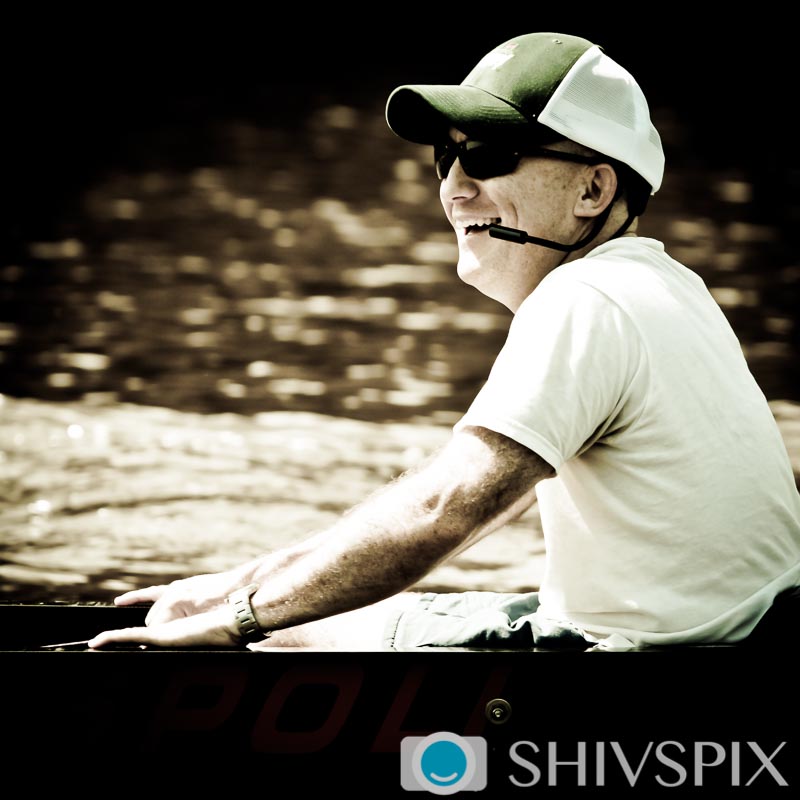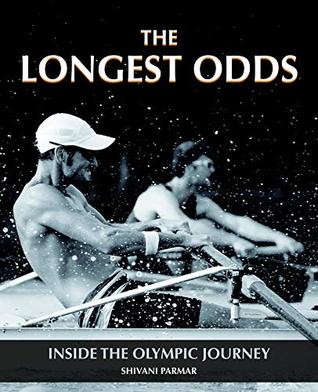Hi Mr. Cipollone, I guess you could call me an amateur or novice coxswain, but I’d like to know how national team coxswains steer so straight. Thanks, I really appreciate it!
– Alex
Mr. Cipollone,
I coach high school novice women. Thanks for the great article. You mentioned the importance of a coach spending time with the coxswain to let them know what I will be looking for. On April 9, you said coach Teti would say “Here are the one or two criteria you are going to be judged on. I am watching.” Would you mind sharing some of those “focus” pieces? Thank you.
– Miller
Hi Alex and Miller,
The answers to your questions are similar, so I figured I might hit them in one shot. To start, Coach Teti was pretty specific in what he wanted–a very straight course and perfect execution of the race plan as defined in advance and as we had practiced it. For HS novice women, I think the same principles apply. Go straight and keep your wits about you when racing. In my opinion, keeping one’s wits about them is the most important thing and the biggest indicator of potential. If you as a coach find a cox who can stay focused on the ultimate goal of winning while chaos is erupting everywhere else, then you have a winner.
Alex, going straight is hard! Still, there are some things you can to do to get good at it.
Foremost is learning where straight is on the rudder and leaving the ropes alone. The boat wants to go straight. Also, make sure you always have a point and can check it once per stroke. In reality, we check points like every 2-3 strokes, but you need to know where it is well enough to check it on the spot. Keep the boat on it by steering with tiny amounts of rudder whenever you need it.
Some coaches say “Only steer when the blades are in the water.” That is not only wrong, it leads to slower times. You can quote me.
Okay, that’s enough for now. Good luck and be sure to post anything cool you learn.
– Pete Cipollone
Enjoy reading this? Read the full collection of coxswain tips.
Interested in taking an even deeper look at how national team athletes train and race? Check out The Longest Odds.

Pete Cipollone
Pete Cipollone was a coxswain for the US National Team from 1997-2004. He joined the team after graduating from the University of California, Berkeley, and his career highlights include gold medal wins in the M8+ at the 1997, 1998, and 1999 World Rowing Championships, as well as a gold medal from the 2004 Athens Olympics.

The Longest Odds
Go behind the scenes of the Olympic Journey with The Longest Odds, a photo-documentary that goes inside the Beijing and London Olympic journey of the US Olympic rowing team.
This book illustrates what you do not see on television – it’s a raw look at what athletes go through during their years-long journeys much before anything appears on television.
The Longest Odds allows us to see those highs and lows, the conflicts, joy, exhaustion, elation, fear – and most of all, the bonds of friendship being indelibly forged.

